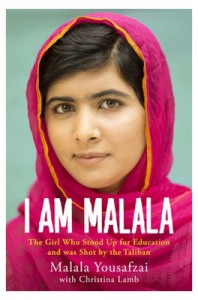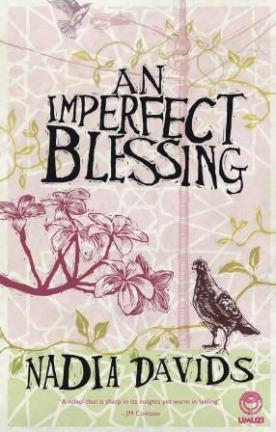As a girl, reading and learning were central to my life, and it’s painful to imagine that there are still people in the world who think that it’s inappropriate for girls to attend school. This moving memoir by Malala Yousafzai recounts her experiences up to and beyond the moment when a gunman entered her school bus and shot her in the head. I first reviewed it for Women24.

I Am Malala by Malala Yousafzai with Christina Lamb (Weidenfeld & Nicolson)
In a classroom in a small school in Pakistan stands an empty chair. It is reserved for Malala Yousafzai, a teenager who has become a symbol of bravery around the world.
It is her true story, told with intelligence and clarity, which makes this autobiography one of the must-read books this year.
Following in the footsteps of her father, an education activist, Malala, now aged 16, started standing up for the right of girls to be educated.
Writing a blog under an assumed name, she spoke of her strong desire to be educated and to create a society where no woman would be illiterate, like her own beloved mother.
In time, as education for girls became a hotly debated issue in her homeland, she began to raise her voice in the local and international media.
But opposition from the Taliban was fierce, as a tussle developed in Pakistan between various political forces.
Malala’s was only one small story in the political upheaval that had gripped the country with bombings and gunfights becoming all too commonplace.
Caught in the middle was Malala, and millions of other ordinary people, many of whom were displaced from their homes as pitched battles broke out between various political factions and the authorities. In the chaos, Malala and her family moved out of their home temporarily, making their way to her mother’s home village deep in the countryside.
Finally, they returned, convinced that a fragile peace would allow Malala and her friends to return to school. But one afternoon the school bus was stopped in an ambush, and with the words “Who is Malala?” a gunman opened fire, injuring not only his intended target, but two of her classmates as well.
Shot in the face and neck, Malala was rushed to hospital, and eventually flown to Birmingham for treatment.
Here she awoke, surrounded by strangers, a badly injured young teenager missing her family and her old life. But outside the hospital, and around the world, her name had become a rallying cry for freedom of education.
When her family subsequently joined her, it was decided that they would stay in England until it was deemed safe for them to return. She remains an active voice striving for the freedom of education so many of us take for granted.
Malala’s story avoids grandstanding, and speaks to the heart of the issue – a clever girl, hungry for knowledge and to do well in class, placed in peril by the convictions she and her family hold dear.
Through her bravery and pain, this young woman has drawn the world’s attention to those other girls who sit beside the empty chair and still pursue their education against all odds.








